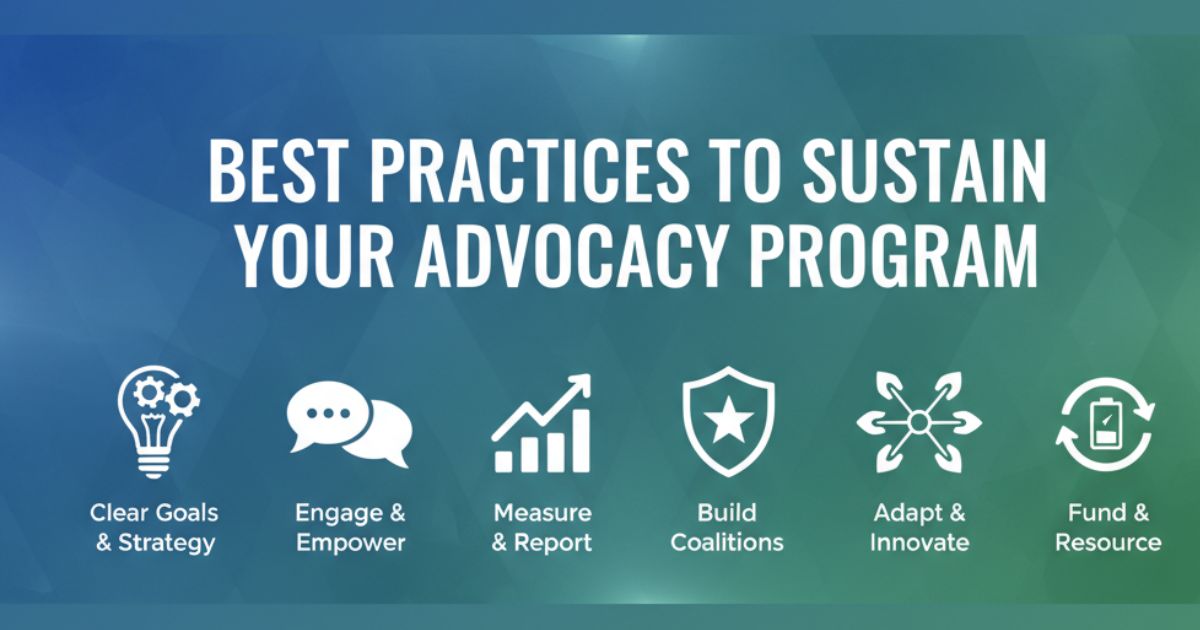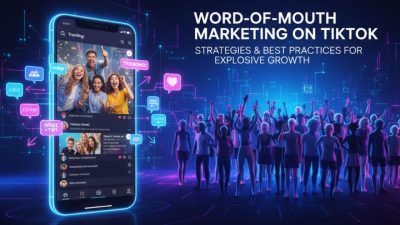Why Employee Advocacy Matters in Word-of-Mouth Marketing?
Employees are often the most credible representatives of your brand. They live and breathe your culture, understand your products, and interact with customers on a daily basis. By empowering them to share stories, insights, and industry expertise, you:
- Boost credibility—audiences trust real voices over branded messages.
- Extend reach—each employee’s network becomes a channel for authentic outreach.
- Build engagement—personal narratives spark conversations and social shares.
- Reinforce culture—advocacy programs strengthen alignment and morale.

Key Benefits of Employee-Driven Advocacy
Launching an employee advocacy initiative delivers tangible advantages beyond traditional marketing campaigns. Here are the four core benefits:
- Authentic Brand Storytelling: Employees share real-world product use cases and success stories.
- Extended Reach and Engagement: Advocacy content is disseminated across diverse social media feeds and professional networks.
- Improved Brand Trust: Peer recommendations carry more weight than branded ads.
- Cost-Effectiveness: Leverage existing human capital rather than expanding ad budgets.
Six Steps to Launch an Employee Advocacy Program
- Define Clear Objectives: Set specific goals, such as brand awareness, lead generation, or employee engagement.
- Equip Employees with Resources: Provide pre-approved content, guidelines, and branding assets.
- Provide Training and Guidelines: Offer workshops on social media best practices and company policy.
- Leverage Social Media Platforms: Use tools like LinkedIn Elevate or custom dashboards to simplify sharing.
- Incentivize and Recognize Participation: Implement gamification, leaderboards, and reward systems.
- Track and Analyze Performance: Monitor reach, engagement, referral traffic, and lead quality.
Measuring the Impact of Employee Advocacy
To prove ROI, focus on these key performance indicators (KPIs):
- Advocacy Reach: The total audience exposed to employee-shared content.
- Engagement Rates: Likes, comments, and shares generated by advocacy posts.
- Referral Traffic and Conversions: Website visits and sign-ups driven by employee links.
- Sentiment Analysis: Qualitative feedback on brand perception and message resonance.
Case Study: How Acme Corp Amplified WOM with Employees
Acme Corp, a mid-size SaaS provider, launched an employee advocacy pilot targeting its sales and customer success teams. By supplying biweekly content packs and hosting monthly training sessions, Acme saw a 250% increase in LinkedIn impressions and a 35% uptick in demo requests attributed to employee-shared posts. In just three months, they reduced paid ad spend by 20% while maintaining lead volume—proof that employee advocacy can scale faster and cost less than traditional channels.
Best Practices to Sustain Your Advocacy Program

To keep momentum and prevent fatigue, follow these guidelines:
- Solicit Feedback Regularly: Use surveys and focus groups to refine content and process.
- Rotate Content Themes: Keep topics fresh with product updates, customer stories, and industry insights.
- Celebrate Milestones: Publicly recognize top advocates and share success metrics with the team.
- Adapt to Platform Changes: Stay updated on algorithm shifts to optimize shareability.
Conclusion
Employee advocacy is more than an add-on to your marketing strategy—it’s a force multiplier for word-of-mouth marketing growth. By equipping your team with the right tools, training, and incentives, you’ll unlock new channels of authentic engagement, drive qualified leads, and strengthen your brand’s reputation. Start small, measure often, and iterate based on real-world feedback. The employees you already have are your most powerful advocates—empower them to spread the word.
FAQs
What is employee advocacy in marketing?
Employee advocacy is a strategy where employees share authentic brand messages, stories, and content through their personal networks to boost brand awareness, trust, and engagement.
How does employee advocacy improve word-of-mouth marketing?
Employee advocacy amplifies word-of-mouth marketing by leveraging credible voices within your organization, extending reach, and fostering genuine conversations about your brand.
What are the key benefits of employee advocacy programs?
The main benefits include authentic brand storytelling, extended reach and engagement, improved brand trust, and cost-effective marketing by utilizing existing employees instead of relying solely on paid campaigns.
How can a company launch an effective employee advocacy program?
Start by defining clear goals, equipping employees with resources and training, leveraging social media platforms, incentivizing participation, and tracking key performance metrics like reach, engagement, and referral traffic.
Which KPIs should I track for employee advocacy ROI?
Important KPIs include advocacy reach, engagement rates, referral traffic and conversions, and sentiment analysis to gauge brand perception and content resonance.
Can small businesses benefit from employee advocacy?
Yes. Small businesses can leverage employee networks to amplify messages, increase credibility, and generate leads without large advertising budgets.
How do I maintain long-term engagement in an advocacy program?
Keep content fresh with diverse themes, rotate topics, recognize top advocates, solicit feedback regularly, and adapt to changes in social platform algorithms to sustain participation.





